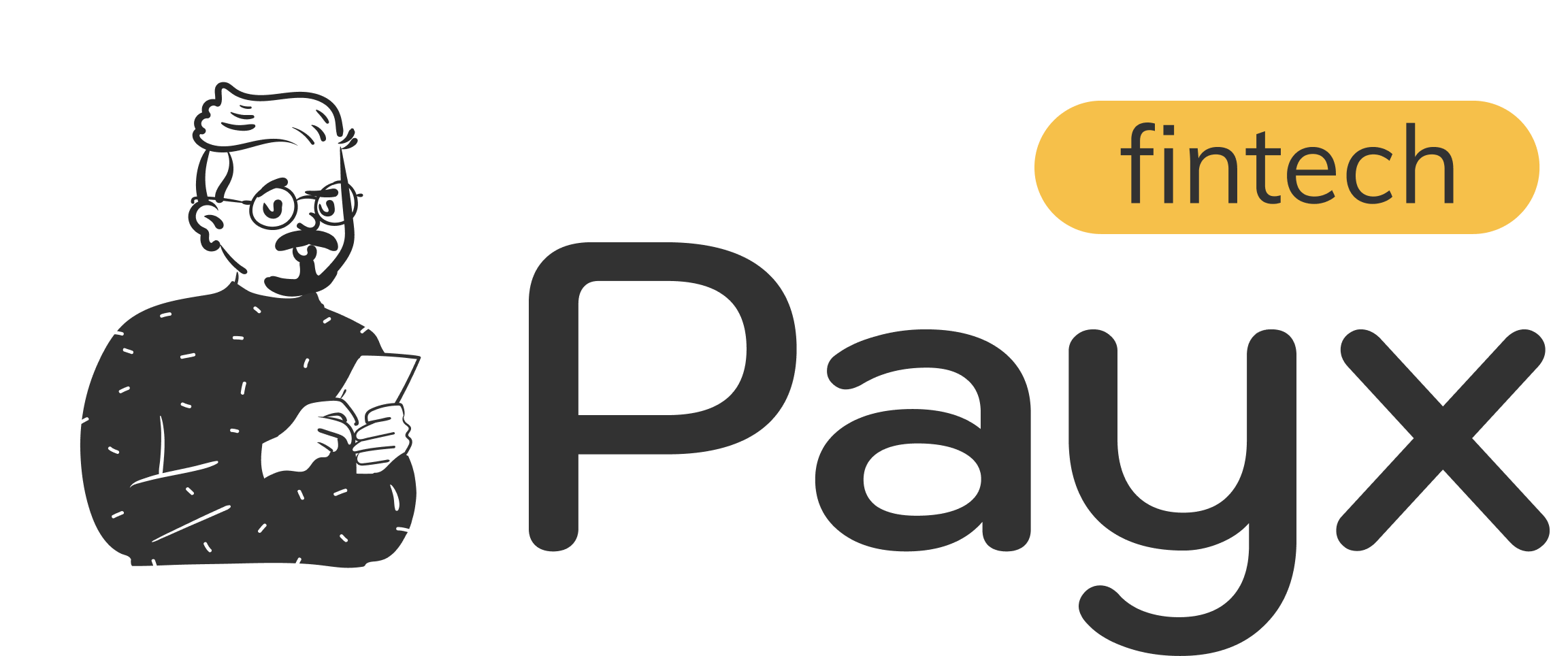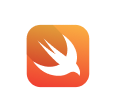Services
Progressive Web App
Progressive Web App
Flexible and responsive mobile solution for all devices
Progressive Web App: what is it?
Progressive Web Apps, or PWAs, are applications developed using web technologies, much like regular websites. However, they are perceived as full-fledged native applications. They are highly reliable and work in any browser on any platform, be it iOS or Android. All the user has to do is log in and use the application. Moreover, PWAs can be installed on the device's desktop, and interacting with them is indistinguishable from native applications.
Can be found through search engines
01/
Since it's a web application, there are links involved. This means it can be discovered by search engines, and traffic can be directed to it. All you need to do is ensure that the links are indexed by search engines.
Interface like in an application
02/
Users find it inconvenient to work with websites on mobile devices; they prefer apps. A Progressive Web App looks and operates almost the same as a native app, so users can easily navigate it with its intuitive interface.
Loads quickly
03/
PWA apps ensure high loading speed regardless of the quality of the internet connection. It can be designed to work even when offline. Sometimes users find it crucial to have access to necessary information, even when there is no internet connection available.
Resistant to high loads
04/
Unlike regular websites, progressive web apps rely not only on the browser but also on the user's cache, so they can handle high loads. It doesn't matter how many people decide to use your services at the same time, a PWA can handle it.
Advantages of mobile applications for Business
Request a free consultation - our experts will find the most effective solution.
Increasing the number of customers
Mobile applications offer several advantages for businesses: increasing the number of clients, business optimization, expanding possibilities, company scaling, enhancing the company's image, and communication with clients.
Business optimization
Mobile applications allow businesses to optimize processes by reducing manual work and increasing productivity. For example, automating the ordering process for goods or services can reduce the time customers spend waiting in line, decrease the number of errors, and ensure quick and accurate order processing.
Expanding possibilities
Mobile apps can expand the capabilities of a business, allowing it to reach new markets and audiences. For example, a mobile app can help a company attract new customers who use mobile devices to search for products and services. Additionally, mobile apps can enhance the effectiveness of marketing campaigns and customer engagement.
Company scaling
Mobile apps can help a company grow and scale by allowing easy addition of new features and capabilities. This can help the company become more competitive and support the growth of its customer base. Additionally, mobile apps can enhance the company's image, showcasing its innovation and readiness to embrace new technologies.
Image enhancement
Mobile apps can enhance the company's image, showcasing its modernity and readiness to embrace new technologies. Additionally, mobile apps allow companies to create a more personalized experience for customers, which can increase customer satisfaction and foster a deeper connection with them.
Customer communication
Mobile apps allow companies to communicate with customers easily and effectively, providing support and answering questions. For example, a mobile app can help a company offer real-time support, allowing customers to receive quick and quality assistance anytime, anywhere. Additionally, mobile apps can assist companies in collecting feedback from customers and using it to enhance their products and services.
Specifics of development for Android
That's great to hear! Having a tailored approach to iPhone app development that emphasizes speed and quality is crucial for delivering valuable products to businesses. It shows a commitment to creating solutions that genuinely benefit both the business and its users. Keep up the good work! If you have any specific questions or need further assistance, feel free to let me know.
Immersion in business
We study the peculiarities of the business and address the main question that should be asked before starting the development of an iPhone application: why does the company need a mobile application? What is the purpose of it? It is not worth creating an application just for the sake of it; it should benefit both the business and the customers. Therefore, we thoroughly study the company's features to understand why a business application is needed and how it can be used.
Audience analysis
For whom is the product being created? Will it be used internally within the company, or will customers actively use the application to interact with your business? Studying the target audience allows us to understand how the development of the iPhone application will take place, which features need to be implemented, and how it should function.
Analysis of existing mobile applications
Analisys competitors allows us to understand how to stand out in the market and become recognizable, how to attract users, and how to make a higher-quality product. Examining competitors helps us avoid many mistakes.
Creating Android applications that are useful for users.
Against the backdrop of collected data, experts shape the concept, prototype, and designers present the vision of a high-quality product, while programmers write code and build the application. It fulfills two main conditions: the product must be of high quality, clear, and easy to understand, and it must bring benefits to the users. Of course, other conditions are also met: the application brings benefits to the business, helps attract customers, streamlines business processes, aids in achieving the company's objectives, and enhances positioning.
The stages of turnkey mobile application development
Workflow01
Analysis
The creation of an iPhone application begins with studying the target audience, their needs, and understanding the market. We comprehend for whom the product is created, what it will be like, and what role it plays.

02
Prototype
A concept and architecture for the program are developed. Based on this, a prototype is created. A Technical Specification (ТS) is formulated for the specialists. The development of the program for iPhone will be conducted according to it.

03
Design
We create UI and UX design - the interface and visual appearance of screens. Design is the "face" and external appearance of the program. All usability principles are followed.

04
Development
The direct creation of the program for iPhone begins. Programmers write code. The program is developed with clickable screens, and third-party services are integrated.

05
Testing
Experts search for errors in the code. Special attention is given to security. Tests ensure the functionality and stability of the program.Experts search for errors in the code. Special attention is given to security. Tests ensure the functionality and stability of the program.

06
Publication
The program is prepared for publication on the App Store. Compliance with all platform requirements is checked, and a presentation is prepared. Your product can be found and downloaded on the App Store.

Discuss the project
Feel free to reach out to us for a free consultation. This is an opportunity to discuss your ideas with digitalization experts. Leave your number, and we will call you back!
Comprehensive Solutions
Prices and solutions
FAQ
We answer the most frequently asked questions
01
How does PWA work?
PWAs are full-fledged applications created using the same technologies as regular websites, including HTML, CSS, and JavaScript. They represent a new philosophy of developing web applications, incorporating specific templates, APIs, and other features. This approach emerged from the search for successful cross-platform solutions. It can be considered a successful one, as Progressive Web Apps work in any browser and closely resemble native applications.
At first glance, it may not be so easy to distinguish a PWA from a native app. An application can be considered a PWA if it meets certain requirements or implements a set of specified functions: it works in offline mode, can be installed, easily synchronized, can send push notifications, and so on.
However, in terms of structure, PWAs differ significantly from native apps. Progressive web apps assume the presence of a shell that is stored in the cache on the user’s device. Thanks to this, the app loads faster, and its use is not limited by the availability and quality of the internet connection.
02
What tasks does a PWA application help to solve?
In short, PWA addresses the same tasks as native applications and websites, but does so in a more refined manner. Cafes and restaurants can use PWA to create an electronic menu, process orders, coordinate courier deliveries, and more. Additionally, it serves as an excellent channel for promotional outreach. In the hotel industry, PWA can promptly inform users about available rooms and “hot” deals, and can also be used for pre-booking. In healthcare, PWA can be an effective tool for providing round-the-clock patient support, offering quick information on medication availability in pharmacies or scheduling appointments with specialists. Push notifications can be used to remind patients to take their medication. E-commerce stores can use PWA to create a product catalog accessible to users even without an internet connection. Order processing and catalog updates will occur once the connection is restored. Furthermore, through the app, stores can regularly remind users of promotions, discounts, and new arrivals. Online media outlets can utilize PWA as a fast-loading alternative to their website, as well as to promote interesting content and urgent news to users. The service industry can remind users of the need for regular services (such as car maintenance, office cleaning, salon visits, etc.). Educational services can remind users of the need for regular classes, notify them of new courses, and offer advantageous subscriptions. As a sales-oriented PWA tool, it particularly excels in industries where users are typically hesitant to install a native app – in these cases, the ability to order a service or make a purchase in one click is crucial. The key is to avoid overwhelming the user with spammy or intrusive push notifications. The messaging should be maximally useful and timely.
03
What are the differences between PWA and native apps?
Native applications are currently more prevalent among users, but Progressive Web Apps are actively catching up and marking their leadership. PWAs load in browsers on any device, regardless of screen size. At the same time, native apps lag behind in several aspects: they have specific installation requirements; Progressive Web Apps are created faster than native ones; to install a PWA, no app store is required – it’s enough to click a link on the website or confirm the installation after a prompt appears. Implementing Progressive Web Apps is somewhat easier, as the app is created under the website and works on any operating system. Native apps need to be developed separately for each system.
04
The difference between PWA and SPA
PWA (Progressive Web Apps) – work faster, load practically instantly, and can function with a poor internet connection or even without it altogether. Additionally, a user can add the app to their desktop, making access much more convenient. SPA (Single Page Applications) – require some time to load, which you may notice during content loading. They always require an internet connection and only operate within a web browser. They are ideal for handling large amounts of information, without a particular focus on appearance, like in the case of Gmail, for example.
05
The difference between a PWA and a native mobile app
Both types of applications offer the user practically the same interaction and a pleasant experience, but they are different, primarily from a technical standpoint. The key difference lies in the fact that native applications are developed separately for each platform (for example, iOS or Android), installed on the device, so the entire application is stored on the user’s device. Progressive Web Apps can be used in a browser; on a phone or tablet, only the shell is installed, which provides instant access and loading of the application. Moreover, they can be installed and function equally well on any device with any operating system.
06
How much does PWA app development cost?
The cost of developing a PWA depends on several factors. The more complex the logic and functionality of the application, the more expensive it will be to create. This also applies to the time aspect, as when you commission development, you are paying for the hours worked by the specialists. The more complex the functionality, the more time it takes to implement, and the more expensive the development becomes. It all depends on the specific project. Please contact us, and we will calculate the cost of developing a solution for you. Speaking of time, it’s worth mentioning your involvement in the development process. The more changes are made during the work, the more the price may differ from the initially agreed upon estimate.






















